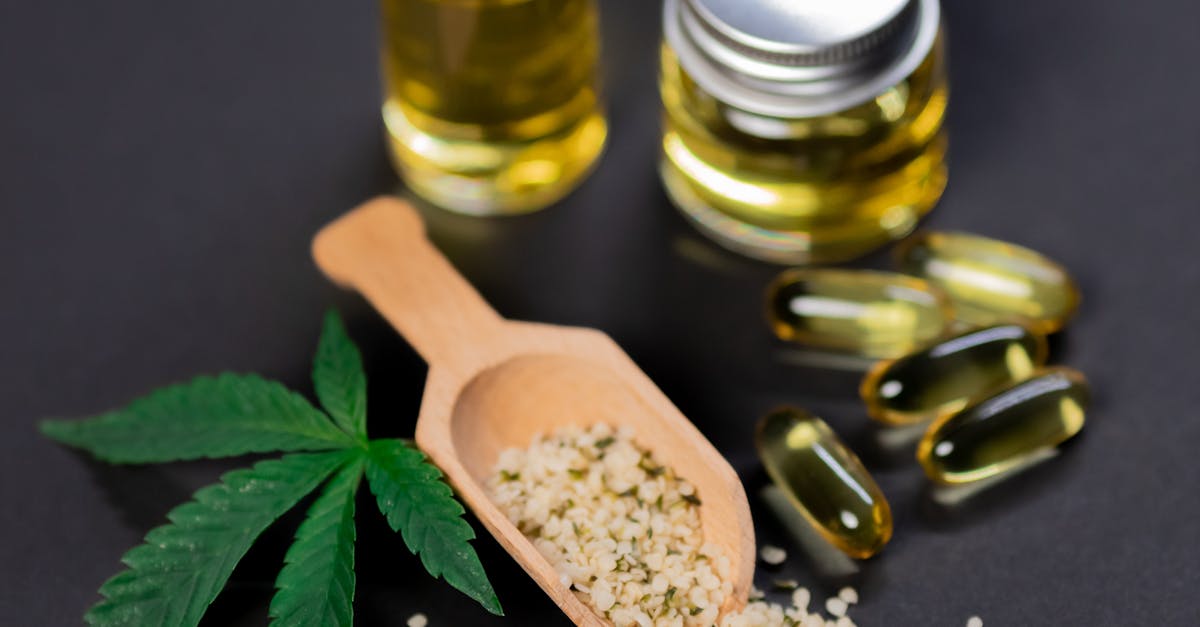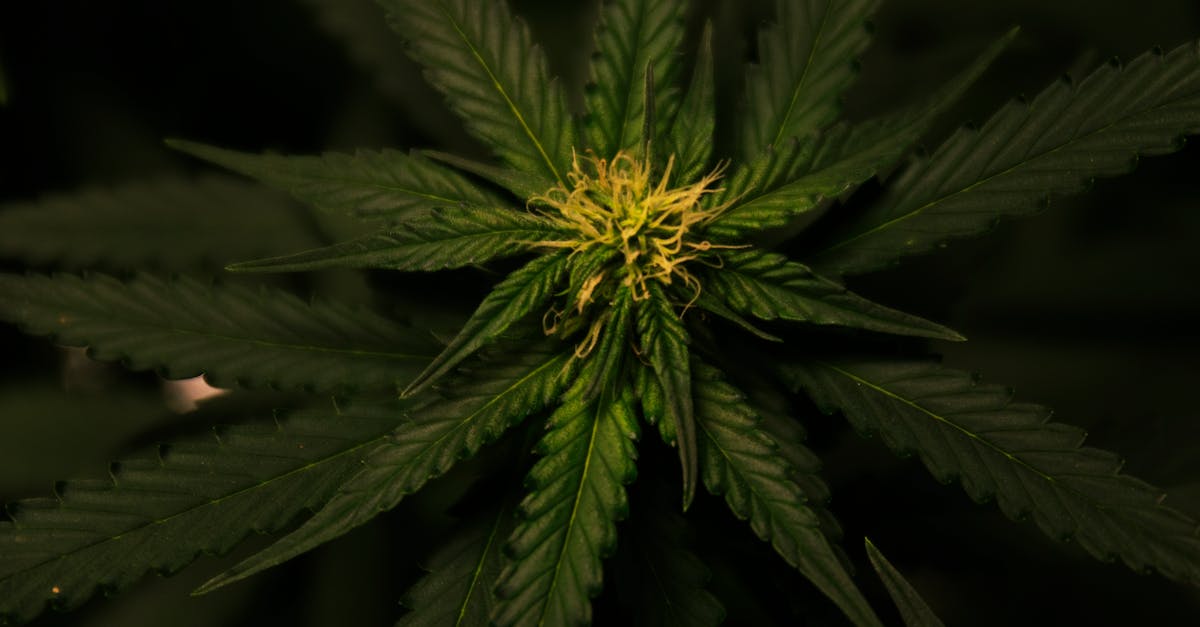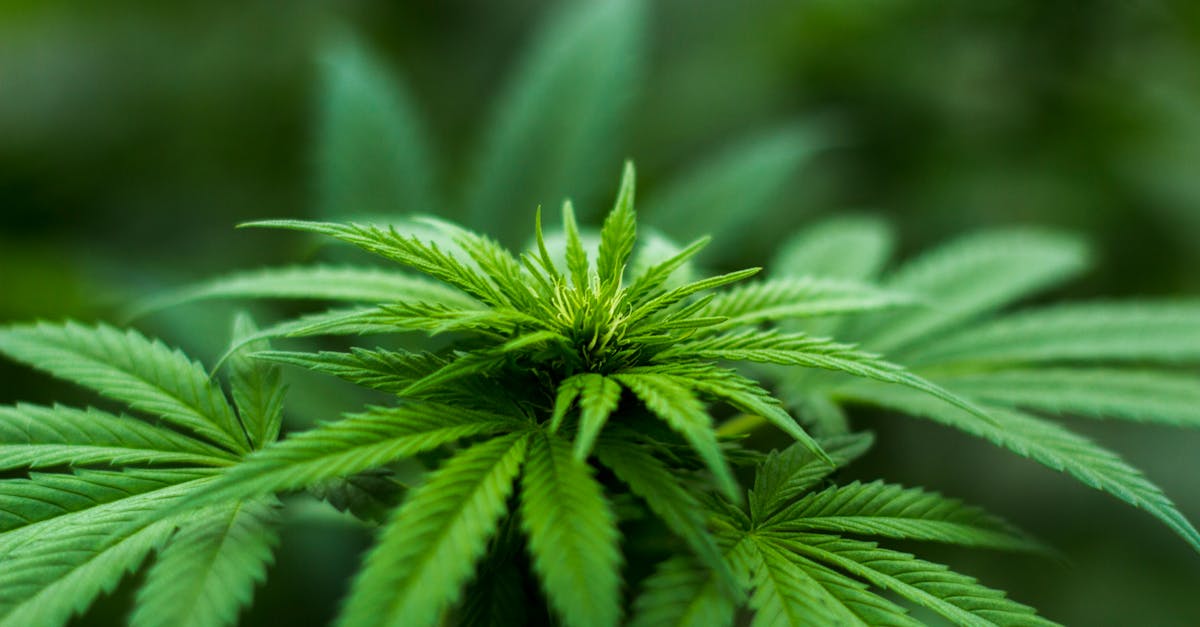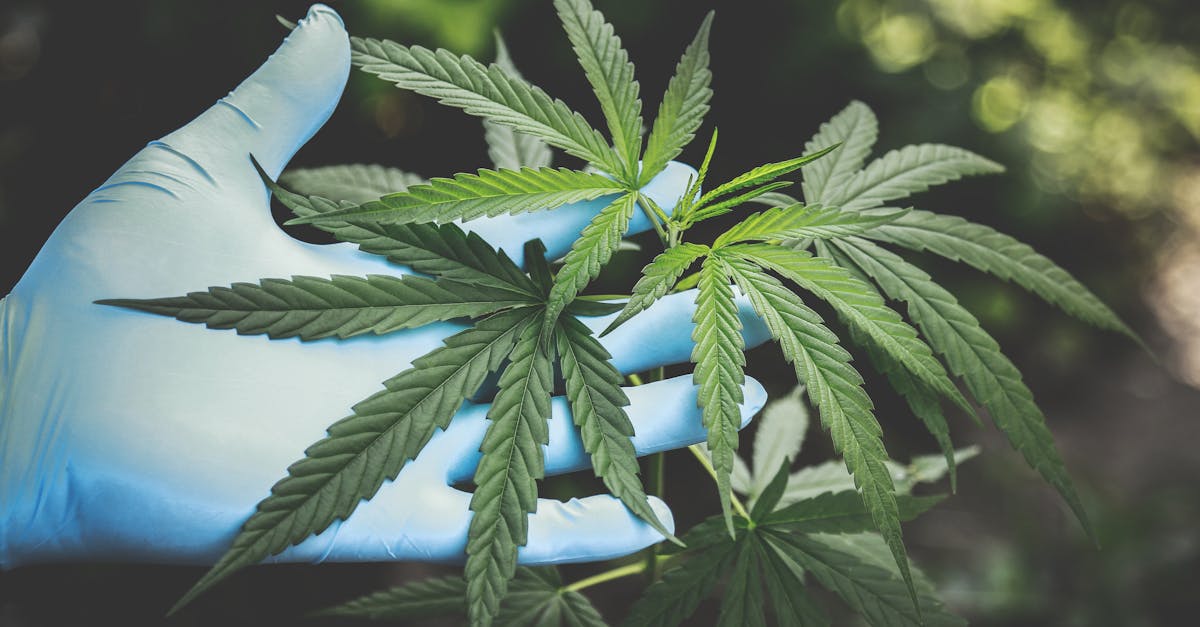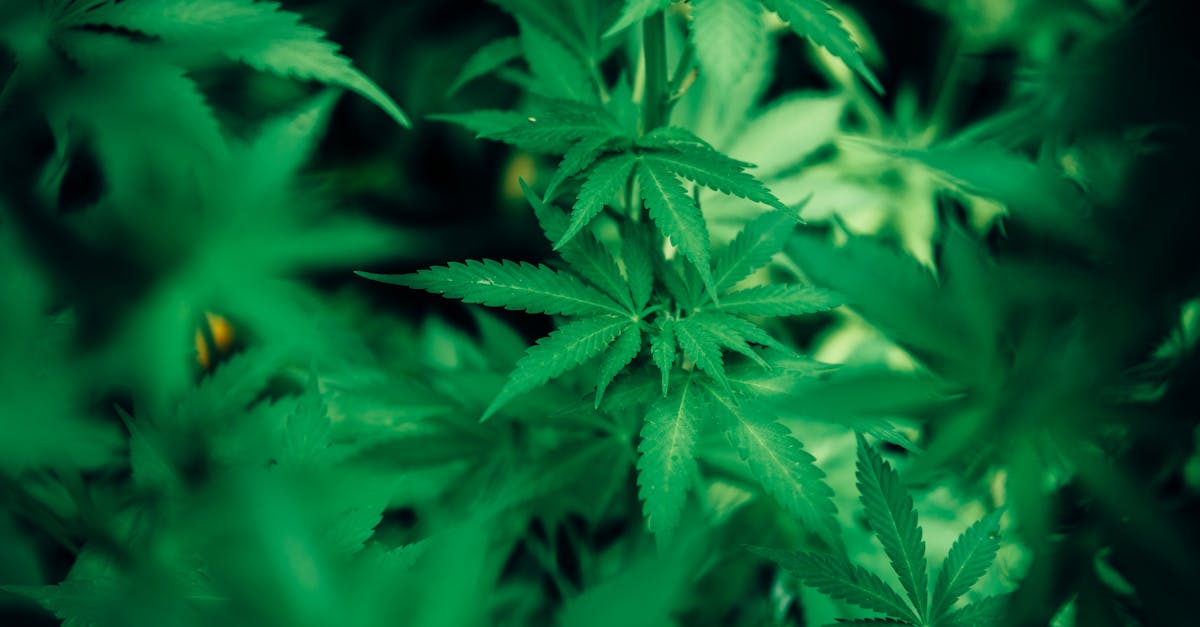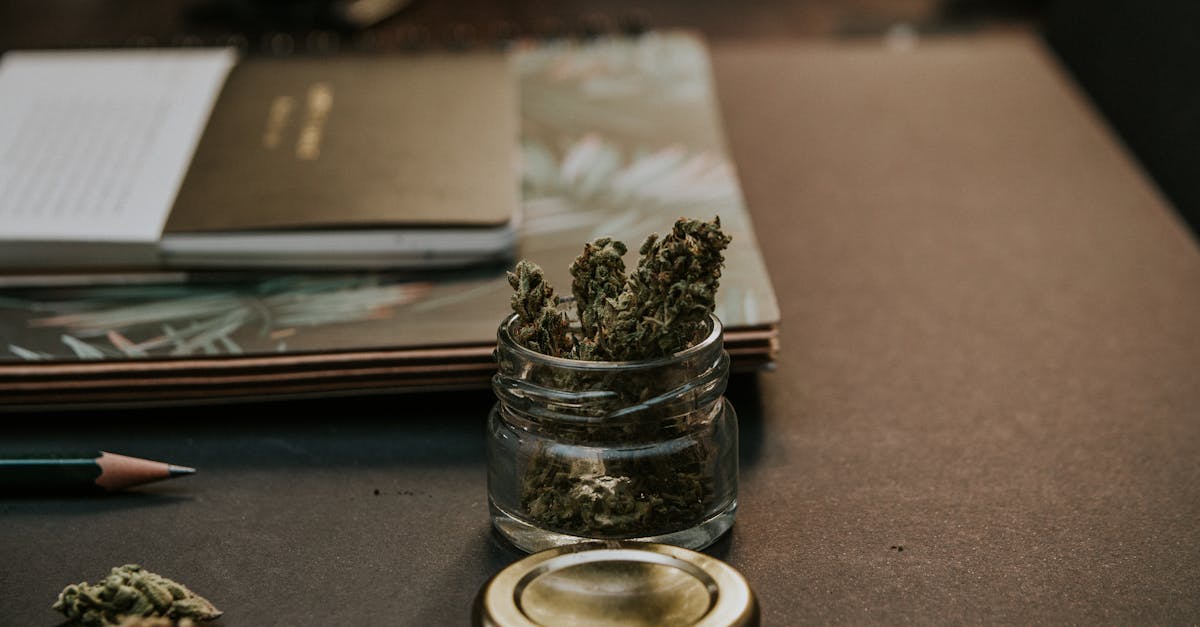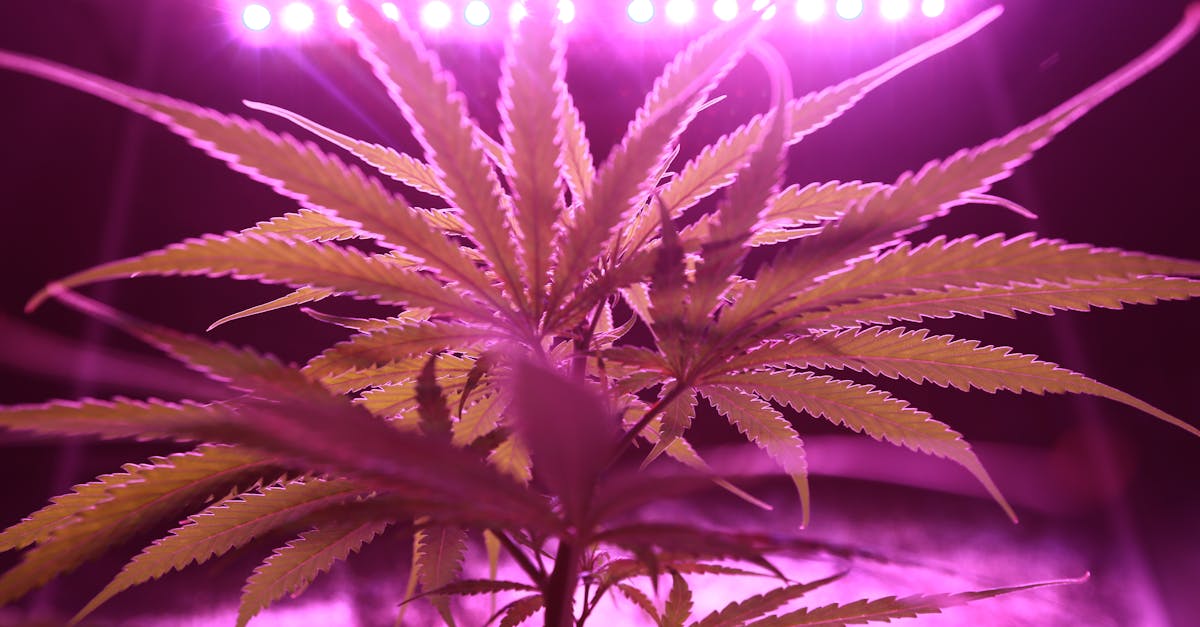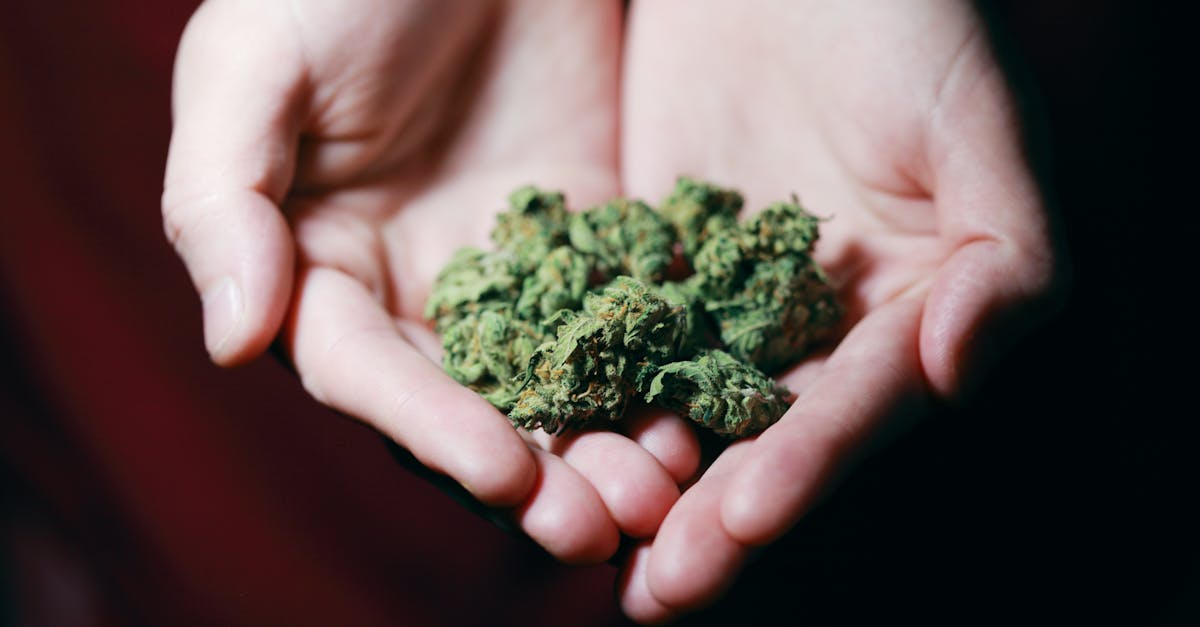
Table Of Contents
Bud Development Process
Bud development is a crucial stage in the life cycle of a plant, where the potential for flower formation begins to take shape. Various factors such as light, temperature, and nutrient availability play significant roles in influencing the growth and maturation of buds. Understanding the process of bud development is essential for cultivators and gardeners to ensure optimal plant health and yield.
In the context of Cannabis Flower in Caledon, the bud development process unfolds gradually, with distinct stages of maturation. From the initial emergence of tiny buds to the eventual swelling and resin production, each phase is indicative of the plant's readiness to produce flowers. Patience and careful monitoring are key during this period, as the quality and quantity of the final flowers can be greatly influenced by the care and attention given to the development of these essential growth points.
Stages of Bud Maturation
Stages of Bud Maturation
Bud maturation is a crucial stage in the lifecycle of a plant, marking the gradual development from a small, tightly closed bud to a fully bloomed flower. In the case of the Cannabis Flower in Haldimand, this process unfolds in distinct stages, each characterized by visible changes in size, shape, and colour. Initially, the bud forms as a small, green nub tightly packed with dense layers of protective bracts and resin glands. As the maturation process advances, the bud gradually swells in size, with the bracts separating to reveal underlying clusters of pistils and stigmas that will eventually transform into the plant's iconic flowers. Ultimately, the mature bud will exhibit vibrant hues, pungent aromas, and a rich trichome blanket, signaling its readiness for harvest.
Flowering Cycle of Plants
Understanding the lifecycle of flowering plants is crucial for gardeners and botanists alike. When exploring the flowering cycle of plants, one can observe the intricate process from bud development to blooming flowers. Take, for example, the Cannabis Flower in Caledon. This plant undergoes a fascinating transformation as it progresses from a small, tightly-packed bud to a fully blossomed flower, demonstrating the cyclical nature of plant growth.
As plants prepare for reproduction, they follow a series of stages in the flowering cycle. Bud formation initiates this cycle, where the plant concentrates its energy on developing the protective casing that encases the delicate flower. Over time, these buds gradually mature, reaching a point where they are ready to unfurl into vibrant blooms. In the case of Cannabis Flower in Caledon, this journey from bud to flower is a testament to the beauty and resilience of nature's processes.
Understanding the Life Cycle of Flowers
Understanding the life cycle of flowers is crucial for gardeners and botanists alike. This process begins with the development of a bud, the precursor to a bloom. Buds can vary in size, shape, and colour depending on the plant species. Once the bud matures, it transitions into a full-fledged flower, displaying a wide array of colours and scents. Observing this transformation can be a fascinating experience for anyone interested in the natural world, offering insight into the intricate stages of plant growth.
In Canadian landscapes, the blooming season brings about a vibrant display of flowers, each with its unique life cycle. From the striking tulips in Ottawa to the delicate cherry blossoms in Vancouver, the diversity of flora is a testament to the country's rich botanical heritage. Additionally, the cultivation of cannabis flower in Caledon has garnered attention for its distinctive properties and benefits. Understanding the life cycle of these flowers not only enhances our appreciation for nature but also provides valuable knowledge for horticultural practices.
Environmental Factors Affecting Bud Growth
Environmental factors play a crucial role in the growth and development of buds before they bloom into beautiful flowers. In the case of the Cannabis Flower in Caledon, the impact of climate on bud formation is significant. The temperature, humidity levels, and the amount of sunlight received by the plant all contribute to the rate at which buds mature. A stable and suitable environment is essential for the healthy growth of buds, ensuring they develop properly and eventually blossom into vibrant flowers.
Moreover, the availability of nutrients in the soil also plays a vital role in the growth of buds. A nutrient-rich soil provides essential elements that promote healthy bud development. Inadequate nutrients can lead to stunted growth and hinder the flowering process. Therefore, it is essential to monitor and maintain the soil quality to support the growth of buds and facilitate the transition into blooming flowers.
Impact of Climate on Bud Formation
Climate plays a crucial role in the formation of buds on plants. The temperature, humidity, and light exposure directly impact the maturation process of buds. For instance, cannabis plants require specific climatic conditions for optimal bud development. In areas like Caledon, where the climate is favorable for cannabis cultivation, buds tend to form consistently, ensuring a healthy growth cycle.
Factors such as extreme temperatures or fluctuations can disrupt the bud formation process. In regions with unpredictable weather patterns, such as sudden temperature drops or excessive rainfall, the growth of buds may be stunted. Understanding the unique climate requirements of plants are imperative to ensure successful bud formation. The intricate relationship between climate and bud development highlights the importance of providing a stable environment to promote healthy plant growth, as observed in the Cannabis Flower in Caledon.
FAQS
What is a bud?
A bud is a small, undeveloped or embryonic shoot or flower on a plant.
How does a bud differ from a flower?
A bud is the premature stage of a flower, it is the structure that will eventually develop into a flower.
At what point does a bud become a flower?
A bud becomes a flower when it reaches full maturation and the petals open up to reveal the reproductive parts of the plant.
Can you explain the stages of bud maturation?
The stages of bud maturation include dormancy, swelling, green tip, bud break, flowering, and senescence.
What environmental factors can affect bud growth?
Environmental factors such as temperature, light, humidity, and nutrient availability can all affect the growth and development of buds on plants.
